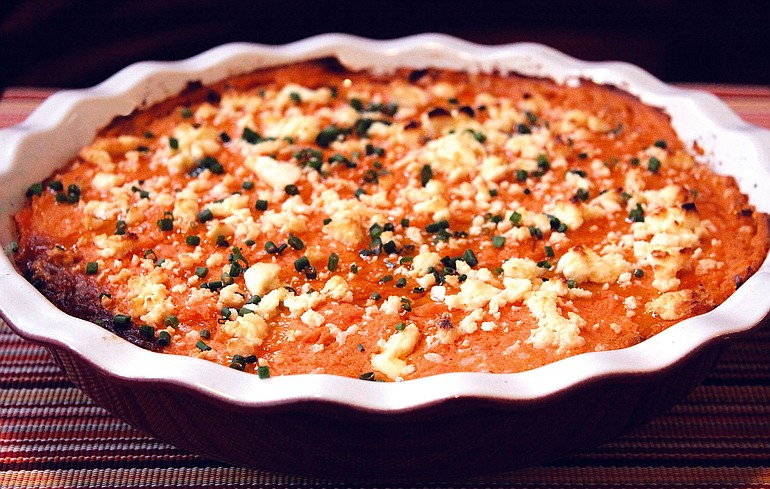After a lifetime of ambivalence toward the casserole, I have reconsidered my position.
The recent holiday season has convinced me that when a surfeit of obligations comes up against a paucity of time, it’s not such a bad thing to have a lamb-and-eggplant shepherd’s pie in the freezer for relatives or unexpected guests.
To many, the all-American casserole evokes heartwarming comfort-food memories. But that is not my experience. My mother turned her nose up, literally, at the mention of the word; having made nothing but casseroles as a newlywed, she could not stand the thought of them once she “learned how to cook.”
“‘Casserole,’ “ she liked to say, “is the French word for ‘glop.’”
Despite our mother’s interdiction, my siblings and I, children of divorce, were regularly exposed to casseroles during trips to visit our father in Alabama.
Our stepmother’s repertoire included perennially popular concoctions: asparagus-pea, broccoli-rice, green bean-mushroom. Those offerings did not necessarily disprove our mother’s assessment of casseroles, thanks mostly to the fact that their main ingredients, condensed soup and canned or frozen vegetables, shared exactly the same soft, unappetizing texture.




